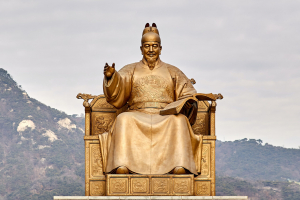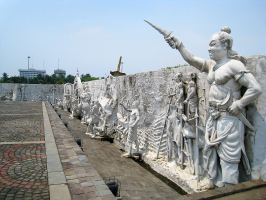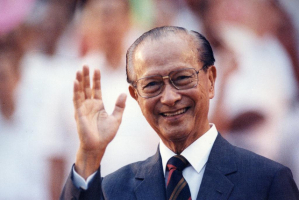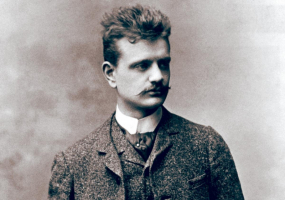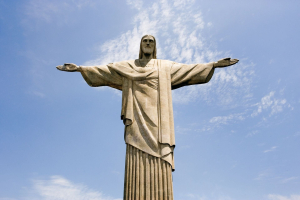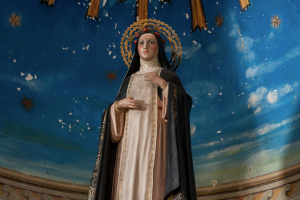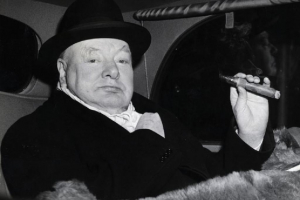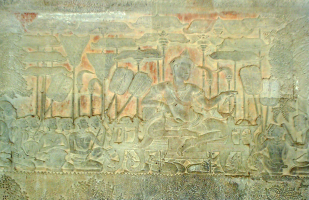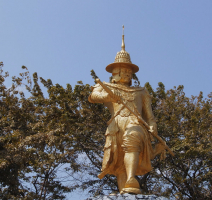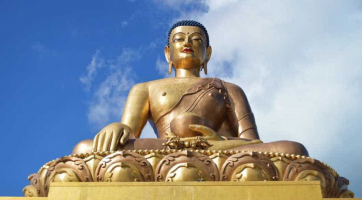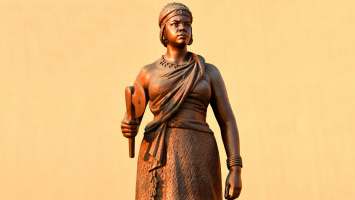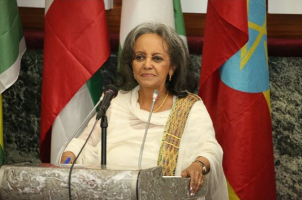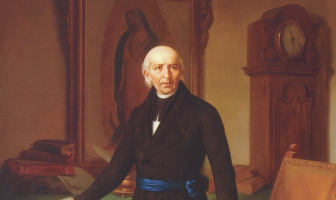Top 3 Most Important Historical Figures In Somalia
Somalia is a country in the Horn of Africa. Its official name is the Federal Republic of Somalia. Ethiopia to the west, Djibouti to the northwest, the Gulf of ... read more...Aden to the north, the Indian Ocean to the east, and Kenya to the southwest border the country. This land gave birth to historical notable figures, specifically the three most important historical figures in Somalia, as listed below.
-
Sayid Mohamed Abdullahi Hassan (1856-1920) was a Somali religious and military leader of the Dervish movement who led a two-decade conflict with various colonial empires such as the British, Italians, and Ethiopians. He is among the most important historical figures in Somalia.
To this day, the efforts and fervor of the former anti-colonial leader of the Somali Dervish movement, who by the time of his death had reclaimed and united large swaths of the lands historically territorial to the Somali peoples, inspire and mobilize the autochthonous peoples of Somalia to form a consolidated bulwark against imperialism (namely that of Ethiopia), as captured in the struggles of the Islamic Courts Union, the Ogaden National Liberation Front, and the former Western Somali Liberation Front.
Hassan has thus become more than just a source of pride for Somalia's various ethnic groups; he is also regarded by some as an icon of Pan-Somalism, and has been named as one of the great revolutionaries of the turn of the twentieth century by notable Pan-Africanist movements, who led the Senussid resistance against the Italians. Thus, Hassan's reputation extends beyond the borders he sought to liberate from foreign rule and domination, which is at the heart of the Pan-Africanist movement.
A Socialist realist statue of Hassan riding his favorite horse Hiin-Faniin (also known as Sayidka or Siyadka) was built in central Mogadishu across from the Mogadishu Central Mosque before 1972 (or in the 1980s by Barre's regime), but was demolished and sold as scrap metal between 1991 and 1993. The monument's damaged foundation was left standing. On October 18, 2019, Somalian President Mohamed Abdullahi Mohamed restored and unveiled the monument, along with other restored monuments. In 2013, a similar statue was erected in Jijiga, Ethiopia.
Sacmadeeqa, a monument in the Haud region, commemorates Hassan's birthplace.
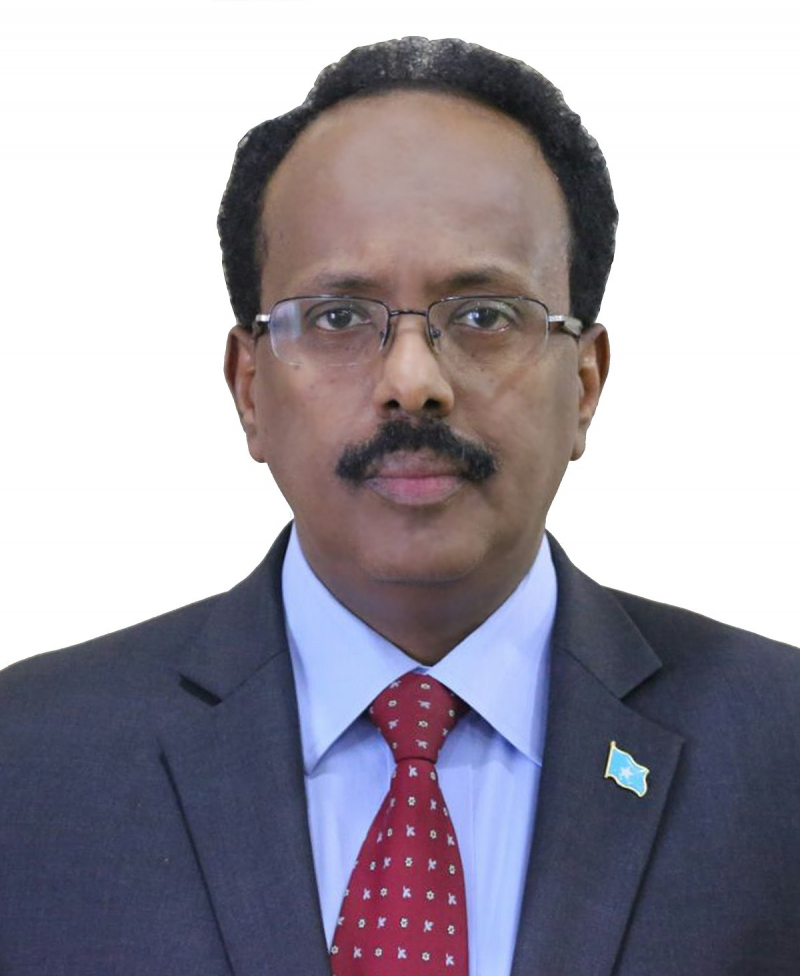
artsandculture.google.com 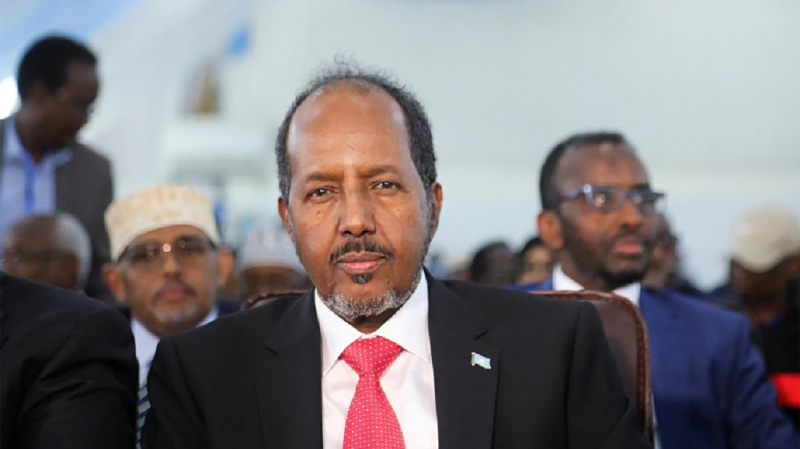
politics-dz.com -
Abdullahi Issa Mohamud (1922 – March 24, 1988) was a Somali politician. During the trusteeship period, he served as Prime Minister of Italian Somalia from February 29, 1956 to July 1, 1960. He is considered among the most important historical figures in Somalia.
Issa was born in the southern town of Afgooye in 1921. Issa, nicknamed "Bidaar," attended an Italian primary school in the capital as well as a local Qur'anic school (madrassah). He was still a student when World War II broke out.
At the age of sixteen, Issa moved to the port of Merca, where he worked as a postal clerk from 1939 to 1941. He later returned to Mogadishu and took a job with the Department of Economic Affairs. Issa was relieved of his duties following the British military occupation of Italian Somalia in the early 1940s. He then went into business for himself.
Issa joined the Somali Youth League (SYL) at its inception, following the turmoil of the war years. He exemplified the Somali political elite of the time: "young (age 38), intelligent, largely self-educated, confident, and determined." He quickly rose through the party's ranks to become one of its leaders. He was appointed to the SYL's central committee in 1948, and later as its Secretary-General.
Issa later traveled to Paris and New York as a SYL delegate to proclaim the Somali people's right to independence. He represented the SYL on the United Nations Trusteeship Council from 1950 to 1954. Following his election as a SYL deputy in the 1956 political elections, he was called to form Somalia's first government, becoming the country's first Prime Minister.
Re-elected as Premier in 1959, he also held the portfolios of Foreign Affairs, Interior, and Grace and Justice for a time. Issa was later appointed Foreign Minister in the government formed after Somalia's independence in July 1960. He participated in many international conventions in this capacity, including the United Nations General Assembly and conferences in Addis Abeba, among other cities. After the March 1964 general election, Issa was re-elected to the National Assembly as a SYL delegate for Beledweyne.
The Supreme Revolutionary Council (SRC) seized power a few years later. In 1974, the new military government appointed Issa as Somalia's Ambassador to Sweden. He held the position until early 1983, when he resigned from public office following a long political career.
Issa lived in Rome, Italy, during his retirement years. He died in March 1988 and was taken to Mogadishu for burial.
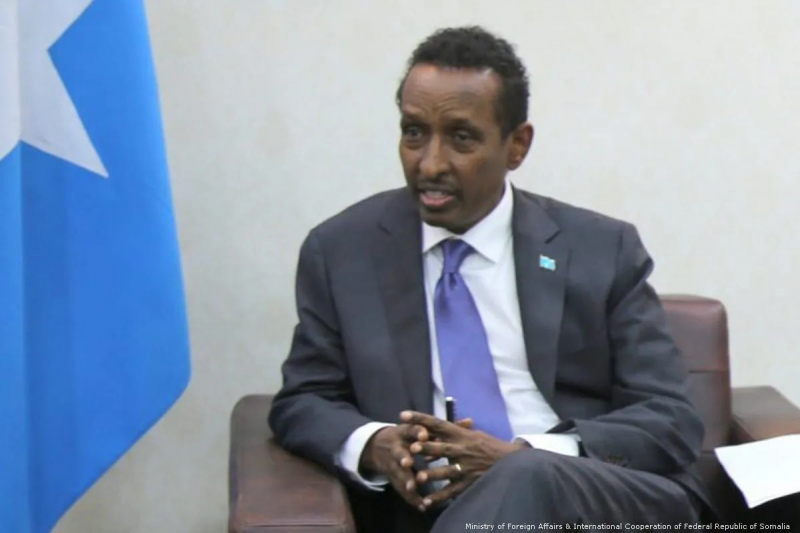
middleeastmonitor.com 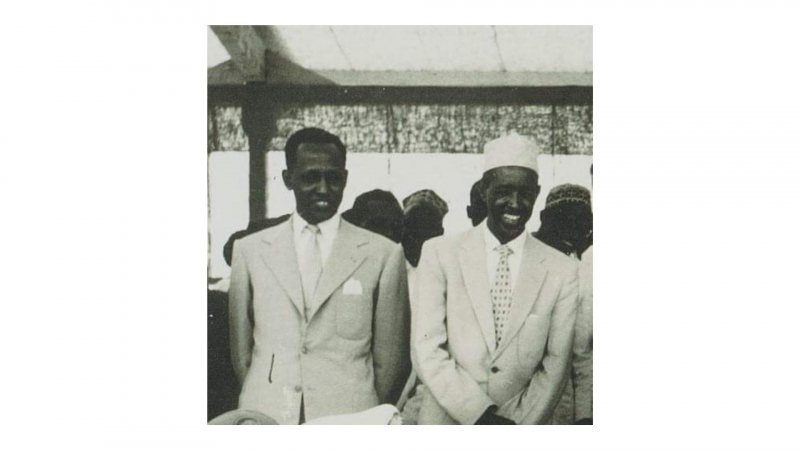
Vintage photo of the 1st Prime Minister of Somalia; Abdullahi Issa and Speaker of the Parliament Aadan Abdulla Osmaan (twitter.com) -
Mohamed Siad Barre (6 October 1910 - 2 January 1995) was a Somali politician. He was a Somali general who served as President of the Somali Democratic Republic and the third President of Somalia from 1969 to 1991. He was given the childhood nickname Afweyne, which roughly translates to "extraversion." Barre, a gendarmerie major general by trade, became President of Somalia following the 1969 coup that overthrew the Somali Republic following the assassination of President Abdirashid Ali Shermarke. With Soviet Union support, the Supreme Revolutionary Council military junta reconstituted Somalia as a one-party Marxist-Leninist communist state, renaming the country the Somali Democratic Republic and adopting scientific socialism. He is regarded as one of the most important historical figures in Somalia.
Attempts at widespread modernization, nationalization of banks and industry, promotion of cooperative farms, a new writing system for the Somali language, and anti-tribalism characterized Barre's early rule. In 1976, the Somali Revolutionary Socialist Party emerged as the country's vanguard party, and Barre launched the Ogaden War against Ethiopia on a platform of Somali nationalism and pan-Somalism. Barre's popularity peaked during the seven months between September 1977 and March 1978, when he controlled nearly the entire Somali region. It began to decline in the late 1970s, following Somalia's defeat in the Ogaden War, which precipitated the Somali Rebellion and severed ties with the Soviet Union. Somalia then allied with Western powers, particularly the United States, for the remainder of the Cold War, while maintaining its Marxist-Leninist regime and drawing close to China.
Opposition grew in the 1980s as a result of his increasingly dictatorial rule, the rise of tribal politics, abuses by the National Security Service, including the Isaaq genocide, and Somalia's sharp economic decline. In 1991, the Somali Rebellion successfully ejected Barre from power, resulting in the Somali Civil War and forcing him into exile, where he died in Nigeria in 1995 on his way to the hospital after suffering a heart attack.
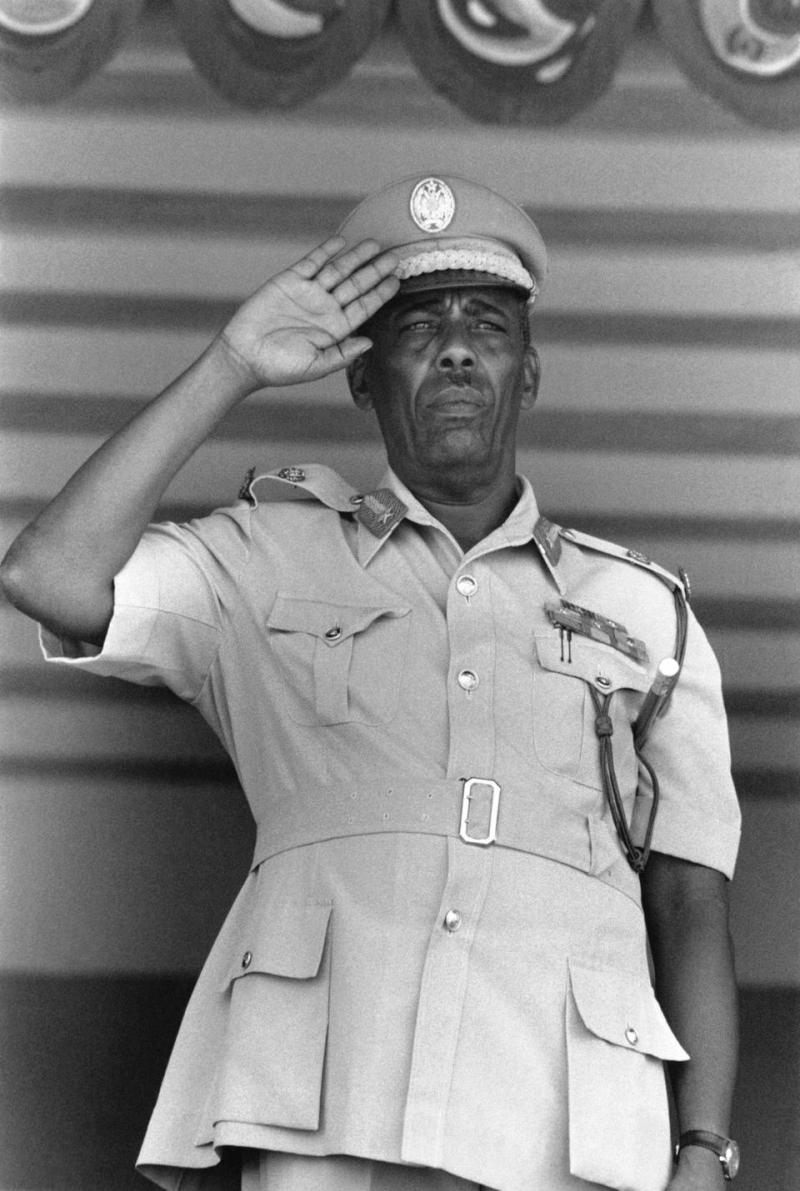
trtworld.com 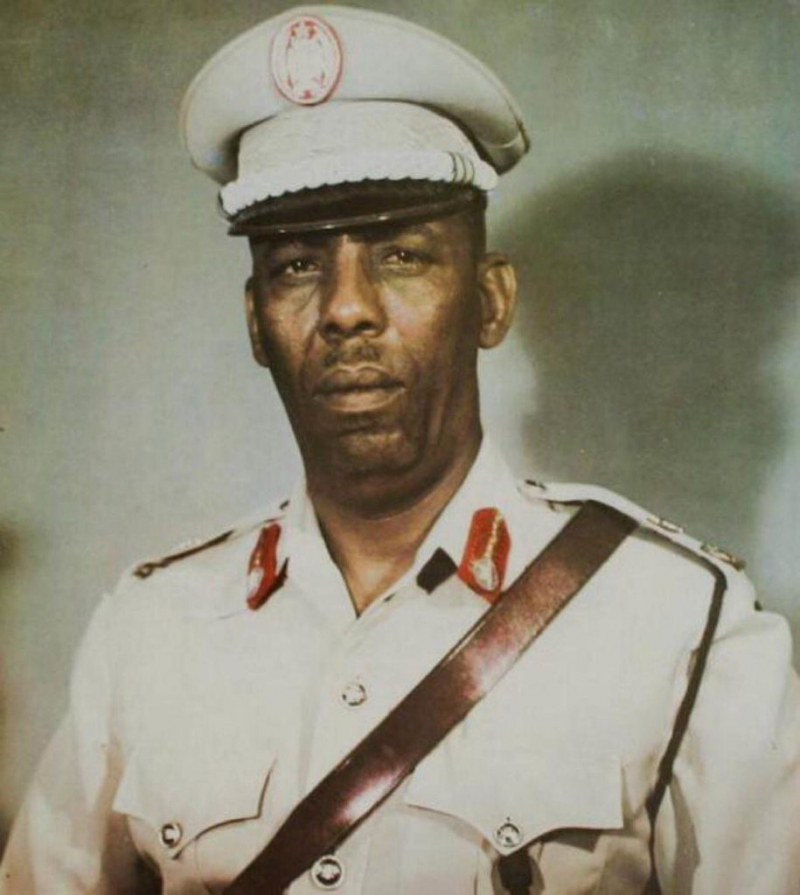
muslimskeptic.com







